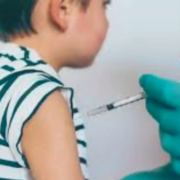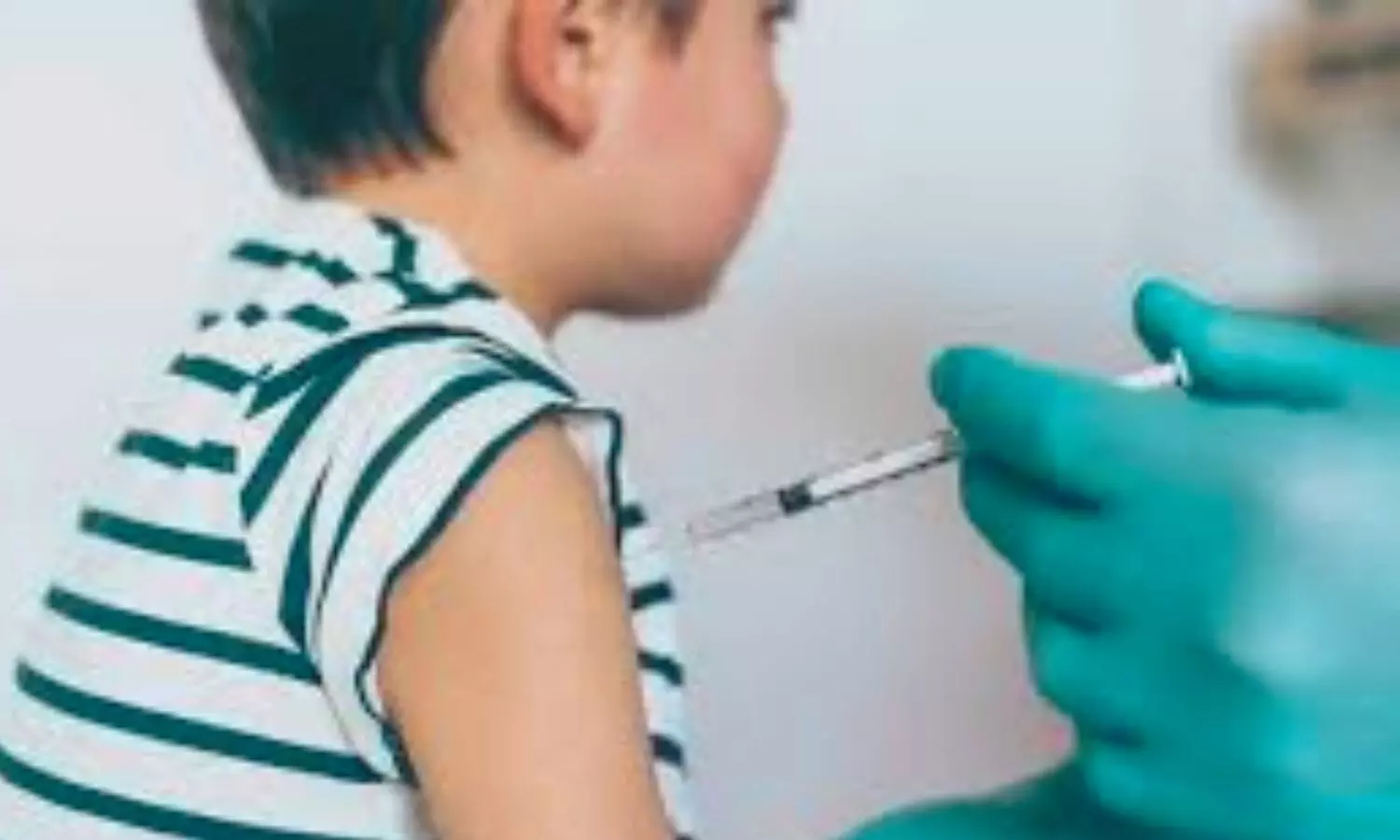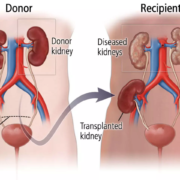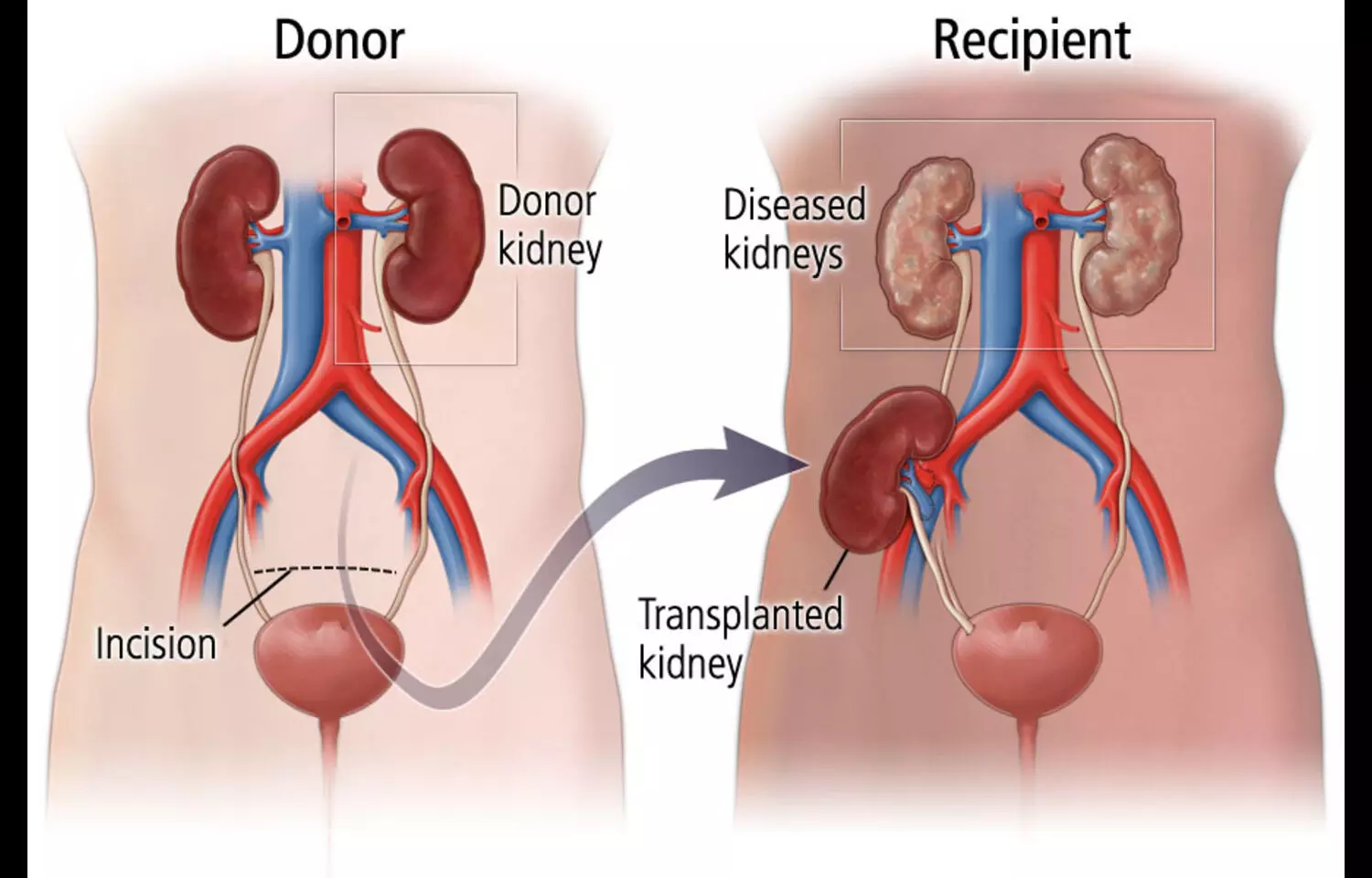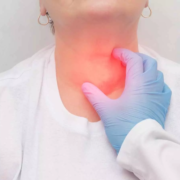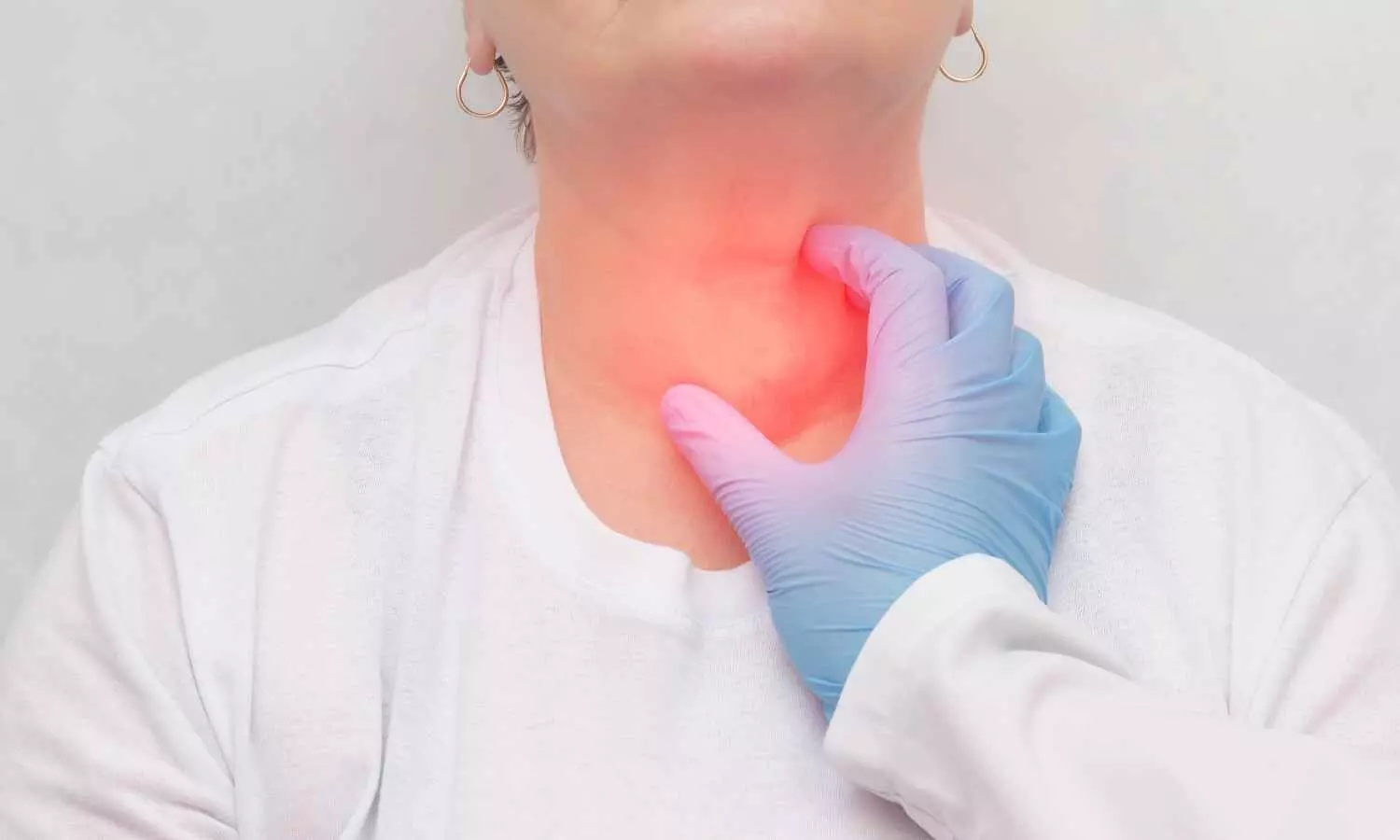
A new liquid biopsy blood test could help detect cases of human papillomavirus (HPV)-associated head and neck cancers with significantly higher accuracy than currently used methods, including before patients develop symptoms, according to new Mass General Brigham research.
The researchers at Mass Eye and Ear, a member of the Mass General Brigham healthcare system, found that the blood-based diagnostic test they developed called HPV-DeepSeek achieved 99% sensitivity and 99% specificity for diagnosing cancer at the time of first clinical presentation, including for the very earliest stages of disease. This higher accuracy significantly outperforms current standard-of-care methods, including other commercially available liquid biopsy assays. The study is published in Clinical Cancer Research, a journal of the American Association for Cancer Research.
HPV causes about 70% of oropharyngeal cancers in the United States, which are increasing in incidence faster than all other head and neck cancers, yet unlike cervical cancer, which is also caused by HPV, there are no early detection tests. This means patients typically present to doctors once they are experiencing symptoms, requiring treatments that may carry significant side effects, according to the study’s lead author Daniel Faden, MD, a principal investigator in the Mike Toth Head and Neck Cancer Research Center and Surgical Oncologist and at Mass Eye and Ear.
“The goal of developing HPV-DeepSeek was to create a minimally invasive approach to detect HPV cancers that is significantly more sensitive than what is currently available for patients,” said Faden. “Our findings demonstrate that we can use this approach to not only diagnose patients more accurately compared to what is currently available, but also provide the potential to screen for HPV cancers in the blood before patients ever develop symptoms, enabling us to catch and treat their cancers at the earliest stages.”
HPV-DeepSeek detects fragments of the viral genome that have broken off from the tumor and entered the bloodstream, along with nine other features in the blood. Unlike current liquid biopsy approaches, which only target one to two pieces of the viral genome, HPV-DeepSeek uses whole-genome sequencing of the entire HPV genome. In the new study, researchers tested HPV-DeepSeek in 152 patients with HPV-associated head and neck cancer and 152 healthy controls. They then did a head-to-head comparison with methods including current liquid and tissue biopsy approaches. They found this novel approach led to a significantly improved sensitivity and accuracy.
The researchers are now leading additional studies around HPV-DeepSeek, including its role in screening for cancers years before the tumors develop. In a study that currently is in preprint, they tested the assay in 28 people who years later went on to develop HPV-associated oropharynx cancer and 28 healthy controls. They found they could detect the cancer in 79% of individuals who later developed cancer while all the controls had negative testing. The earliest positive result was nearly eightyears before diagnosis, demonstrating for the first time that highly accurate blood-based screening for HPV cancer is feasible. This work was also presented at the 2024 symposium, AACR Special Conference in Cancer Research: Liquid Biopsy: From Discovery to Clinical Implementation.
“The natural history of these cancers is that they grow over a period of about 15 years, and as they grow they release DNA from the HPV genome into the blood. If we can detect these cancers years earlier, at their earliest stages, it could drastically change how we treat patients; for example, being able to use less treatment leading to fewer side effects,” said Faden. “While our results suggest great potential for clinical benefit, there are unanswered questions we need to address to understand how we could best utilize these approaches and what the follow-up regimens would be for patients who screen positive.”
The team is now running studies to address these questions in HPV-associated head and neck and other HPV cancers. In addition to screening, the team is also running clinical trials to study the effectiveness of detecting microscopic residual disease remaining after surgery, which could inform whether additional treatments like radiation therapy are needed.
Using liquid biopsy for cancer early detection and personalization of treatment after surgery is an area of growing study across other forms of head and neck cancer. In a separate study published in the same issue of Clinical Cancer Research, Faden and his team tested a different novel assay called MAESTRO in patients with head and neck cancer not caused by HPV to look for evidence of cancer remaining after surgery. Developed at the Broad Institute of MIT and Harvard, this approach improves sensitivity by using a specialized approach to detect genome-wide tumor DNA with minimal sequencing. They found the test could accurately detect residual cancer within a few days of surgery in a highly aggressive form of head and neck cancer and that patients with residual disease detected by the assay had significantly worse survival and recurrence outcomes.
“People have always wondered whether more sensitive liquid biopsy tests will start to detect residual cancer that won’t lead to recurrence,” said Viktor Adalsteinsson, PhD, who directs the Gerstner Center for Cancer Diagnostics at the Broad Institute, and whose team developed MAESTRO. “In this study, MAESTRO not only detected residual cancer in more patients who experienced future recurrence or death but also was highly predictive for it.”
“Whole-genome sequencing liquid biopsy approaches, like HPV-DeeSeek and MEASTRO used in these studies, are enormously powerful, allowing physicians to look for many hundreds or thousands of needles in haystacks as opposed to just a few, drastically increasing sensitivity,” said Faden. “For patients, this means significantly more accurate results and being one step closer to truly personalized care.”
Reference:
Michael E. Bryan, Ling Aye, Direct Comparison of Alternative Blood-Based Approaches for Early Detection and Diagnosis of HPV-Associated Head and Neck Cancers, Clinical Cancer Research, https://doi.org/10.1158/1078-0432.CCR-24-2525





